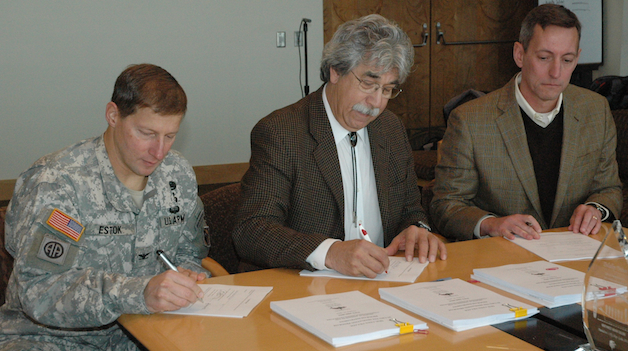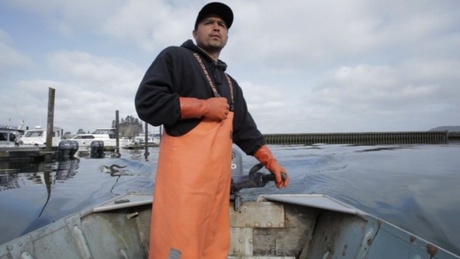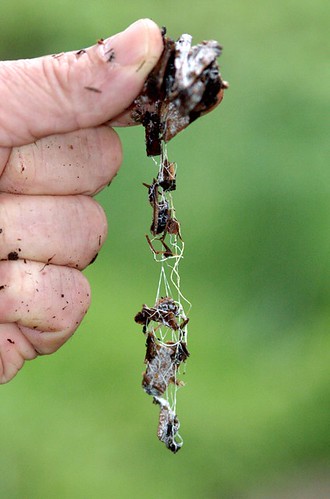By Steve Horn. November 26, 2013. Source: DeSmog Blog
Although TransCanada’s Keystone XL tar sands pipeline has received the lion’s share of media attention, another key border-crossing pipeline benefitting tar sands producers was approved on November 19 by the U.S. State Department.
Enter Cochin, Kinder Morgan’s 1,900-mile proposed pipeline to transport gas produced via the controversial hydraulic fracturing (“fracking”) of the Eagle Ford Shale basin in Texas north through Kankakee, Illinois, and eventually into Alberta, Canada, the home of the tar sands.
Like Keystone XL, the pipeline proposal requires U.S. State Department approval because it crosses the U.S.-Canada border. Unlike Keystone XL – which would carry diluted tar sands diluted bitumen (“dilbit”) south to the Gulf Coast – Kinder Morgan’s Cochin pipeline would carry the gas condensate (diluent) used to dilute the bitumen north to the tar sands.
“The decision allows Kinder Morgan Cochin LLC to proceed with a $260 million plan to reverse and expand an existing pipeline to carry an initial 95,000 barrels a day of condensate,” the Financial Post wrote.
“The extra-thick oil is typically cut with 30% condensate so it can move in pipelines. By 2035, producers could require 893,000 barrels a day of the ultra-light oil, with imports making up 786,000 barrels of the total.”
Increased demand for diluent among Alberta’s tar sands producers has created a growing market for U.S. producers of natural gas liquids, particularly for fracked gas producers.
“Total US natural gasoline exports reached a record volume of 179,000 barrels per day in February as Canada’s thirst for oil sand diluent ramped up,” explained a May 2013 article appearing in Platts. ”US natural gasoline production is forecast to increase to roughly 450,000 b/d by 2020.”
Before Eagle Ford, Kinder Morgan Targeted Marcellus
Pennsylvania’s Marcellus Shale basin was Kinder Morgan’s first choice pick for sourcing tar sands diluent for export to Alberta. It wasn’t until that plan failed that the Eagle Ford Shale basin in Texas became Plan B.
Known then as the Kinder Morgan Cochin Marcellus Lateral Project proposal, the project fell by the wayside in February 2012.
“The company’s Cochin Marcellus Lateral Pipeline would have started in Marshall County, West Virginia, and transported natural gas liquids from the Marcellus producing region of Pennsylvania, West Virginia and Ohio,” wrote the Mount Vernon News of the canned project. [It] would [then] carry the [natural gas] liquids to processing plants and other petrochemical facilities in Illinois and Canada.”
“Kinder Magic”: More to Come?
Industry market trends publication RBN Energy described Kinder Morgan’s dominance of the tar sands diluent market as “Kinder Magic” in a January 2013 article.
“These are still early days for the developing condensate business in the Gulf Coast region,” RBN Energy’s Sandy Fielden wrote. “Plains All American and Kinder Morgan are developing the potential to deliver at least 170,000 barrels per day of Eagle Ford condensate as diluent to the Canadian tar sand fields in Alberta by the middle of 2014.”
Fielden explained we could see many more of these projects arise in the coming years.
“We have a sense that before too long there will be many more condensate infrastructure projects showing up like ‘magic’ in midstream company presentations.”
While the industry press coverage sounds optimistic, it doesn’t account for the concurrent rise of public opposition to dirty energy pipelines and expansion plans in the fracking and tar sands arenas, so only time will tell the fate of Cochin and its kin.











